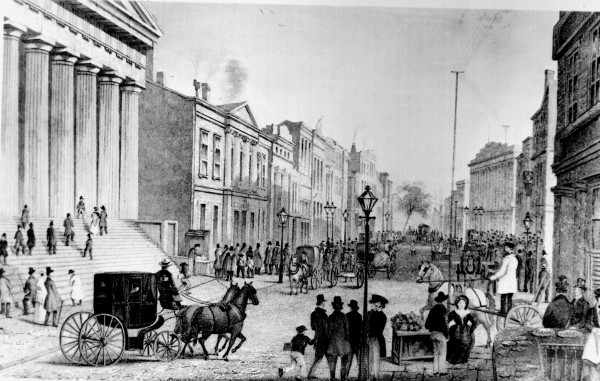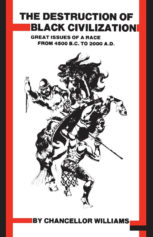Wall Street is the world’s most dominant financial district, but most people know very little about its history. In order to truly understand how Wall Street functions today, it is important to know how it all began — and how influential a factor Black people were in its creation. Wall Street was founded on slavery and, to this day, Wall Street remains a key pillar in upholding racial inequality and economic oppression across the globe.
Enslaved Africans Actually Built the Wall That Gave Wall Street Its Name
New York City was a Dutch settlement known as New Amsterdam in the Dutch colonial province called New Netherland during much of the 17th century. Through the Dutch West India Company, the Dutch utilized the labor of enslaved Africans who were first brought to the colony around 1627. The enslaved Africans built the wall that gives Wall Street its name, forming the northern boundary of the colony that warded off resisting natives who wanted their land back. So from its creation, the wall was a hedge ensuring the survival of whites and white supremacy.
Wall Street Initially Was the Site of Slave Auctions
Slavery became the backbone of New York’s economic prosperity in the 1700s. To normalize this massive trade in human beings, in 1711 New York officials established a slave market on Wall Street. Slave auctions were held at Wall Street selling enslaved Africans as property to traders wanting to buy them. Wall Street was also the marketplace where owners could hire out their enslaved by the day or week.




